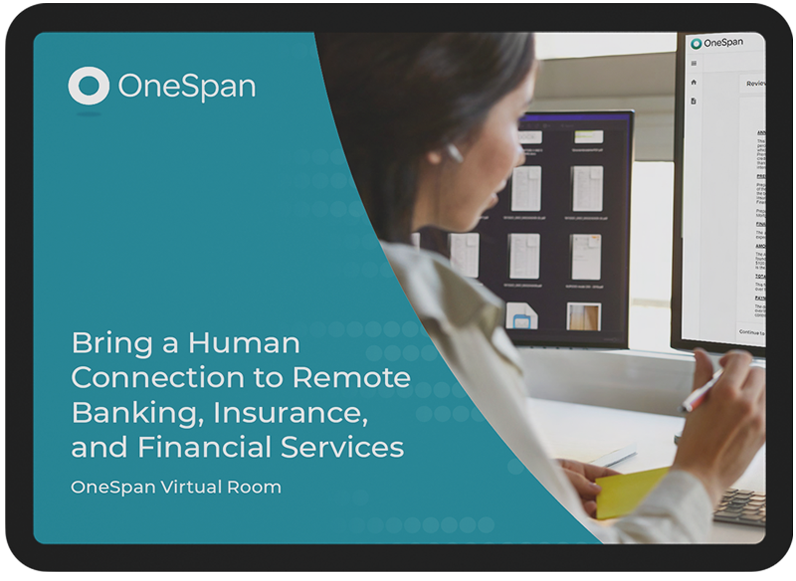How to achieve your digital insurance vision with transformative technology

Insurance customers are embracing digital interactions more than ever before. Like many other industries, the pandemic changed the priorities in insurance – both for business drivers and technology investment decisions – and had a profound impact on what business will look like in the coming years.
Consumers of the “anywhere economy” want and expect remote, digital interactions and that includes purchasing a new insurance policy or submitting a claim. Insurance customers have been looking for this convenience for a long time and they are finally starting to get it. This shift isn’t exclusive to new business applications. It also includes ongoing account interactions, such as filing claims online, updating beneficiary information, and other account maintenance actions. Insurance carriers and agencies are businesses which also have other priorities like onboarding new agents, procuring services and supplies for their business, or ensuring employees are able to complete their annual privacy and security agreements.
In order to adapt to changing consumer needs, innovation and data insights have become top priorities for carriers. We discussed all of this with Oliwia Berdak, VP and Research Director at Forrester, during a webinar on how insurance companies can evaluate and adapt their digital insurance transformation to meet immediate and long-term needs. Here are the highlights.
Where do digital interactions fit into the life insurance customer journey?
It is worth understanding that currently, user behavior indicates people are more comfortable with using digital channels for ongoing engagements with life insurers, rather than onboarding. The onboarding stage of the customer lifecycle, in particular, represents an opportunity for innovation and improvements to increase ease of use, clarity, and confidence. Insurance providers should explore new avenues to provide more value through their digital channels.
To this point, Oliwia cited Guardian Life, which nearly doubled its video and digital chat sessions with customers in 2020. As they move into the digital channels, many consumers are looking increasingly for hybrid journeys. They still want to talk to someone to ask questions, to understand which products are right for them. Technologies such as video conferencing that enable consumers to communicate with a human being, even if it is not in-person, can make the difference.
This is underpinned by a renewed sense of urgency to innovate in the industry. In a Forrester survey, cloud, security, data, and digital experience technologies have been elevated as top investment priorities among insurers.
How should insurers approach digital transformation?
Insurance companies are taking this opportunity to digitize their workflows to meet customers’ needs. There are four typical approaches to digitization for insurance businesses:
- Digitizing pockets: Through this approach, companies often adopt a limited number of digital tools or digital service offerings. However, these projects are often one-offs that may not provide the necessary foundations for effective digital transformation.
- A new digital-only brand: Companies take digitization opportunities to launch a new digital brand that appeals to millennials and other digital users. This helps attract a new demographic without affecting the customers of the legacy brand. But it’s important to mention that launching a new brand requires significant resources.
- End-to-end digital customer lifecycle: This is the most common approach for insurance companies. It enables customers to conduct digital interactions across the entire customer journey. The focus is on creating digital touchpoints and fostering an environment where customers can discover, research, and engage with insurers through digital channels.
- Digital transformation: Digital transformation should be the ultimate goal for companies. This approach goes beyond just creating a digital experience for customers. Impactful digital transformation not only requires changing how you interact with and offer services to customers, but also adopting a new operating model.
Generali: Digital processes in the real world
During the discussion with Oliwia, she shared the digital transformation use cases of two well-known insurance brands: Mapfre and Generali. Generali is an example of an insurance provider that has made great use of electronic signatures. They saw digital signatures increase 4.5 times, which amounted to up to 76% of signatures. They expanded self-serve web functionality and provided additional service channels to users, including Whatsapp and chatbots. In some regions, Generali even enabled the remote purchase of life insurance, as well as video-inspections for vehicle and property claims.
Top digital technologies for insurance agents & carriers
The use of the cloud is accelerating in the insurance industry and shifted the focus to digital experience tech, Oliwia explained. From customer portals to electronic signature, there are a lot of different technologies that businesses can adopt to enable a digital business model. The pandemic has forced insurance companies to assess priorities related to digitalization strategies. Particularly in a hybrid model, it’s important to create remote interactions with customers that are as empathetic as possible.
During the OneSpan portion of the presentation, we touched on technologies that enable a virtual sales environment. Insurance companies can adopt key technologies, such as OneSpan Virtual Room so that human-assisted agreements can be carried out virtually. In doing so, providers need the ability to create secure access through digital identity verification. They also need to be able to conduct communications and review in real-time. Finally, it’s important to be able to capture an electronic audit trail to create a legally enforceable transaction.
As digitization accelerates in the insurance industry, providers need to embrace digital transformation strategies beyond low-impact, one-off projects. Assessing digital maturity and adapting digital transformation strategies to meet the needs of consumers is how providers can set themselves apart from their insurance peers. Investing in robust digital technologies, such as e-signatures and digital identity verification, will help insurance companies foster innovation and improve the customer experiences.










